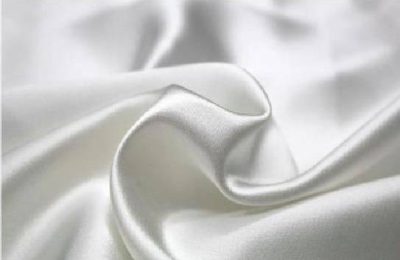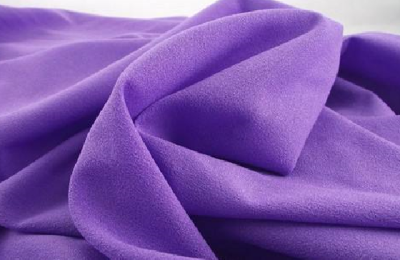I don’t know how much you know about Japanese wet-laid non-woven fabrics. Today I will take you to learn more about this material.
Wet-laid non-woven fabrics have fast web forming speed, short process flow, high labor productivity and low cost.
The labor productivity is 10-20 times that of the dry method, and the production cost is only 60-70% of that of the dry method.
It has strong market competitiveness and good economic benefits.
At present, the output of wet-laid non-woven fabrics in developed countries accounts for more than 30% of the total output of non-woven fabrics, and is still growing.
The output of wet-laid non-woven fabrics in my country is relatively low. According to preliminary statistics, it accounts for less than 5% of the total output of non-woven fabrics. Compared with developed countries, it has a larger potential market.
Japanese wet-laid non-woven fabrics turn into humic plants under natural conditions within a certain period of time and do not produce harmful substances that have an impact on the environment.
The product has aging resistance, good stability, breathability, and high temperature resistance (polypropylene can be used in an environment of 150°C for a long time). It can maintain the stability of the shape and size of the non-woven fabric in environments that require temperature resistance.
It has been widely used in thermal transfer printing, transmission oil filtration, and some composite materials that require high temperature resistance.
Suzhou ptfe filter membrane manufacturer supplies Japanese wet-laid non-woven fabrics, polyester spunbond non-woven fabrics, polypropylene spunbond non-woven fabrics and other non-woven fabrics. We have a complete service system, caring before sales, and attentiveness during sales. Rest assured after sale! The company can provide samples and arrange sales personnel for door-to-door service if there are other requirements.
You are welcome to come to the company for inspection or enter the store to consult us at any time.
</p








